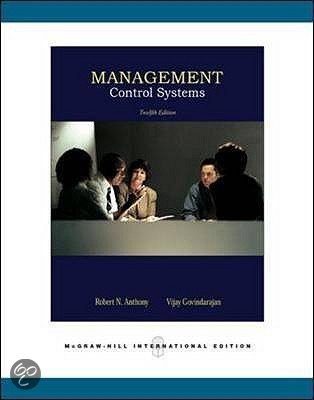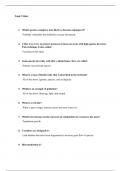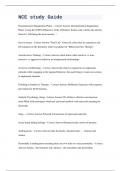Resumen
Summary + college notes
- Grado
- Institución
- Book
Uitgebreide samenvatting inclusief aantekeningen van lectures van het vak Management & Control for A&C Extensive summary including notes of lectures from the course Management & Control for A&C
[Mostrar más]










